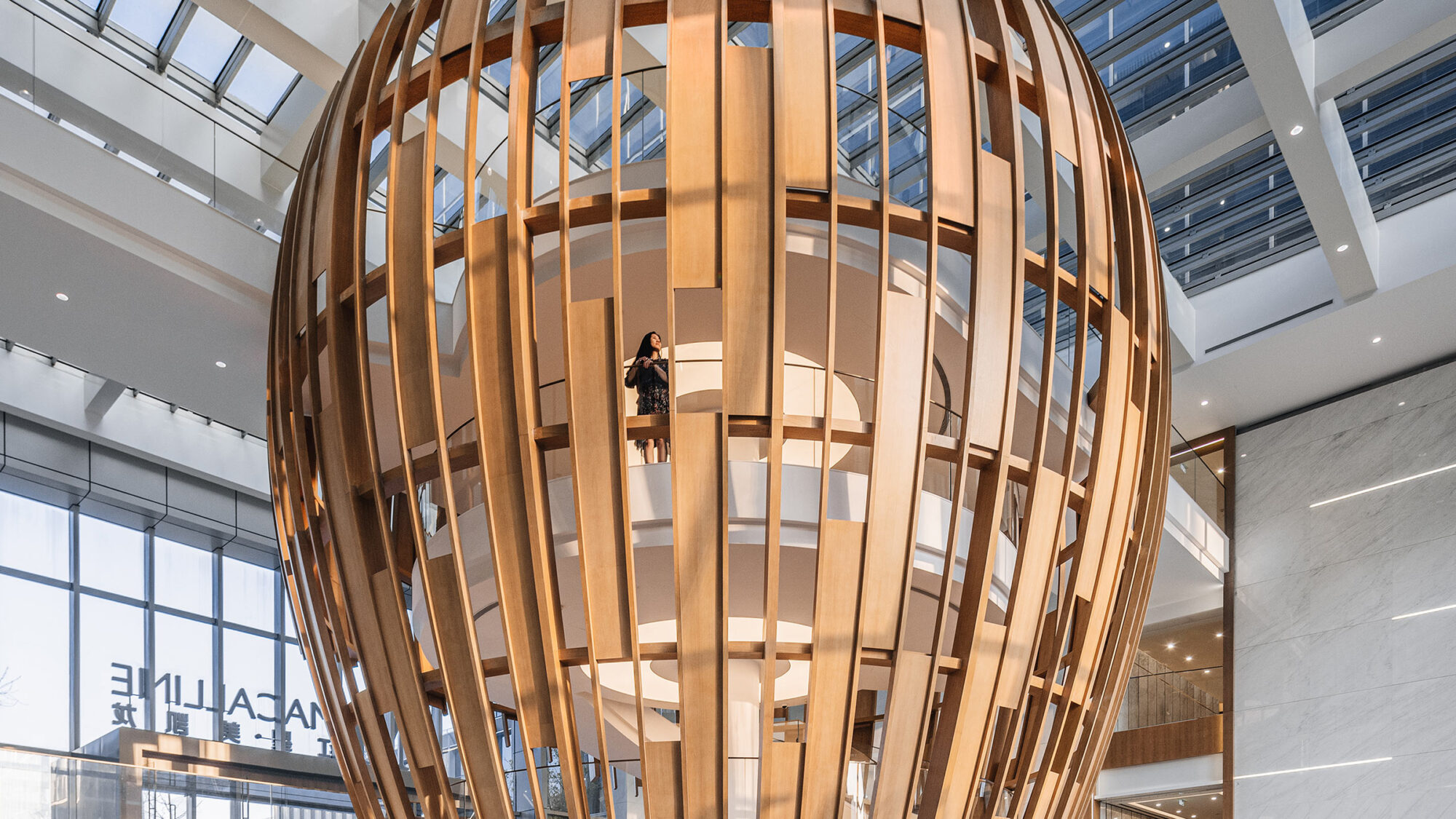

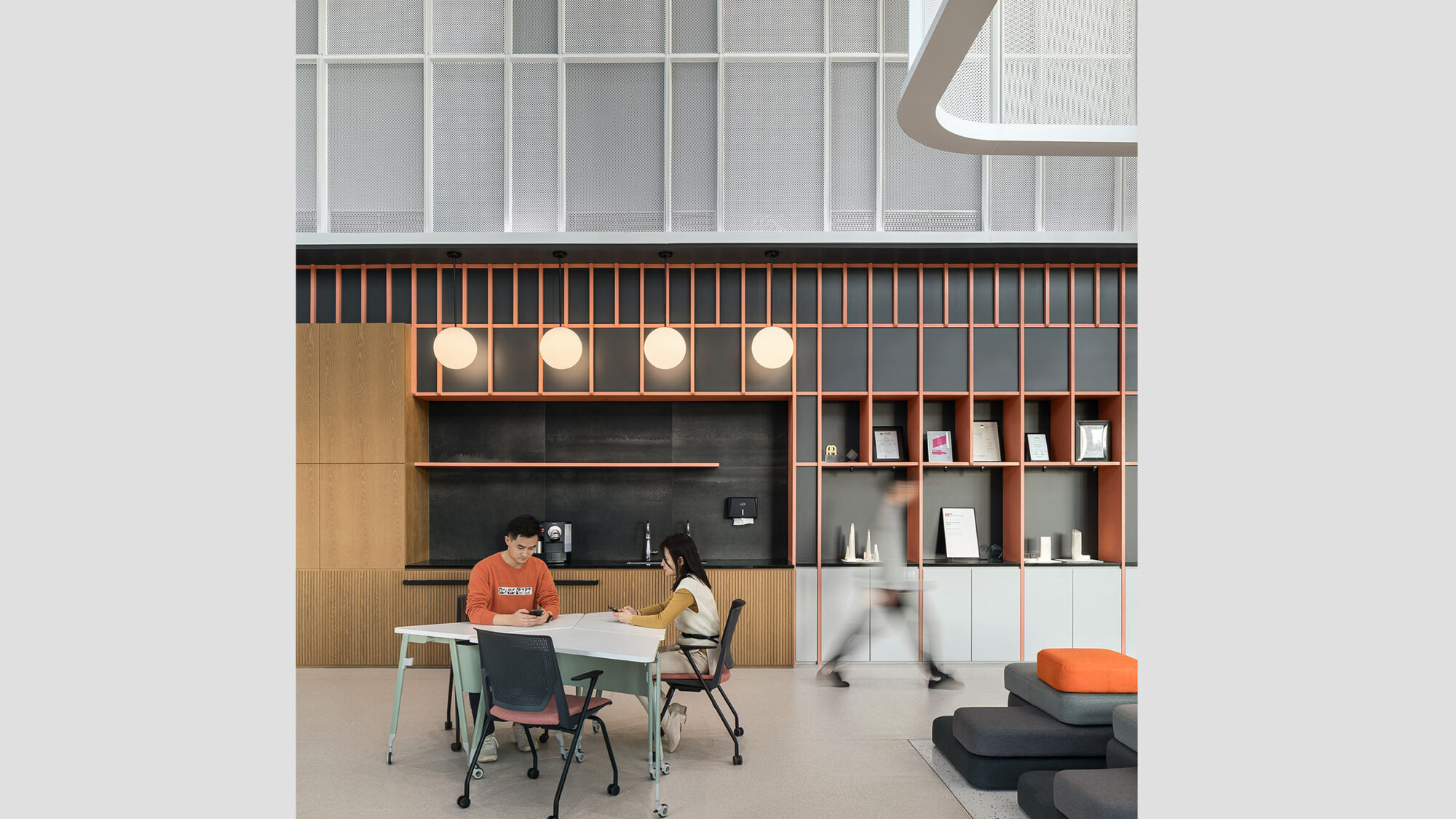


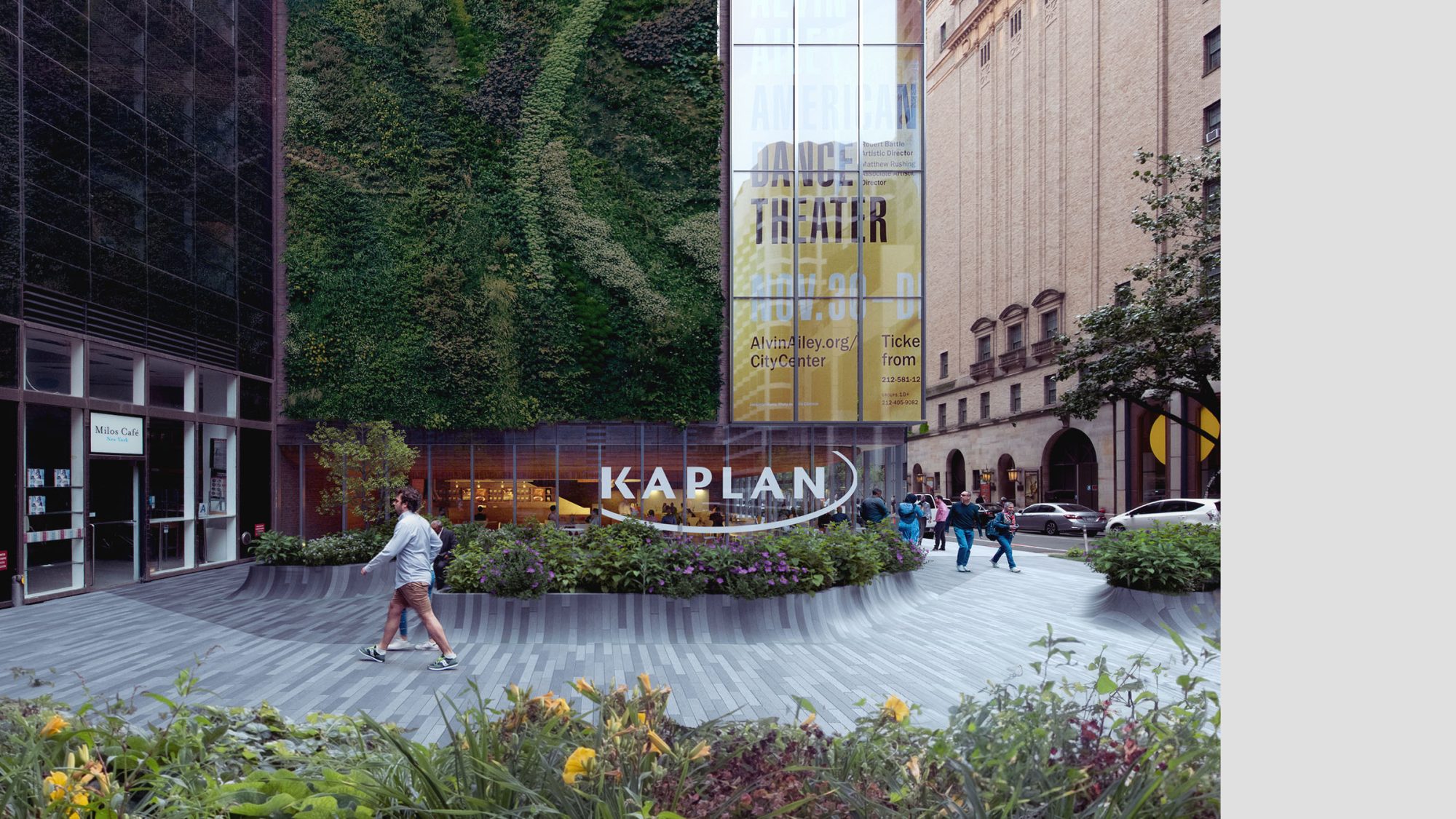
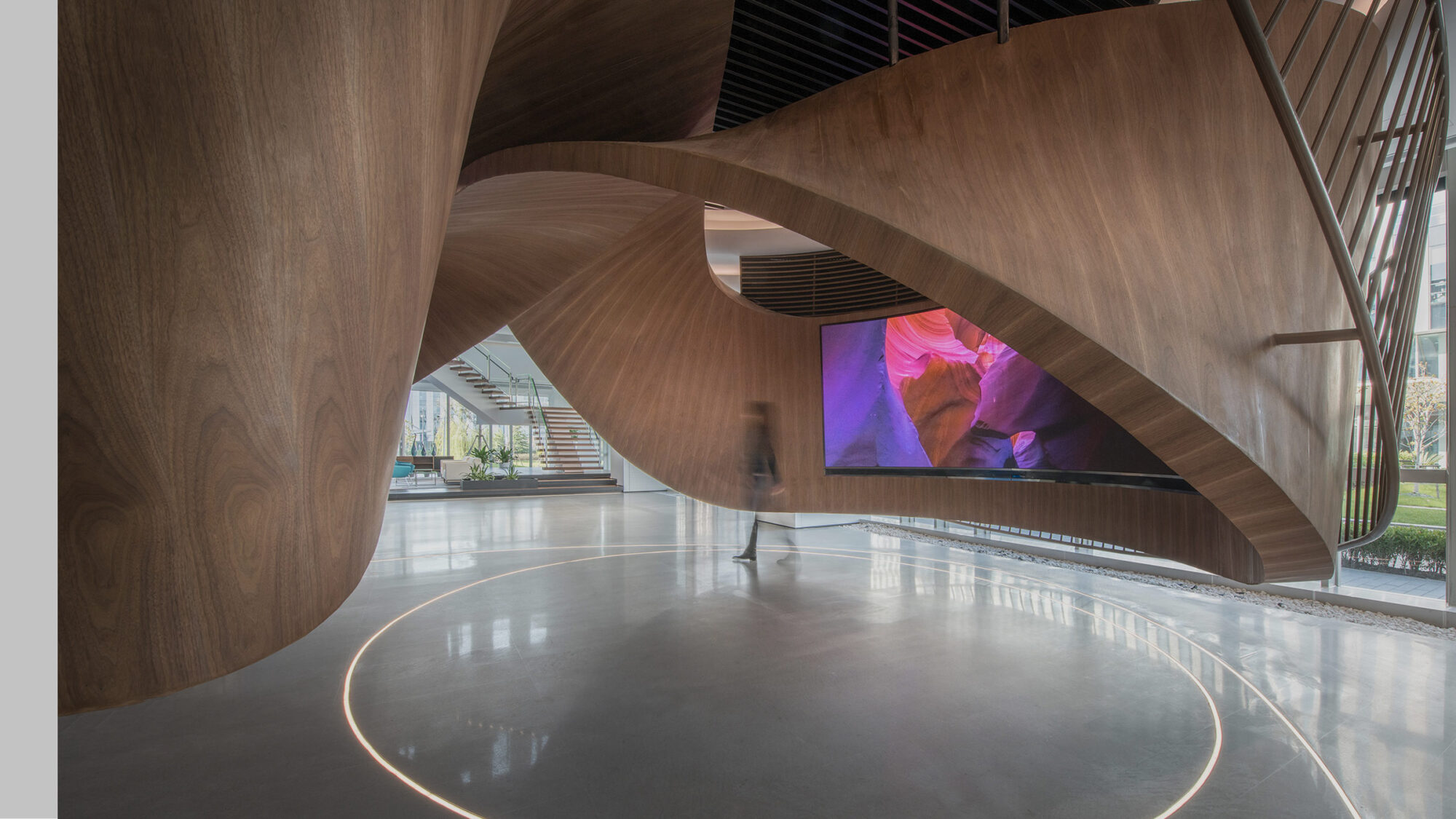
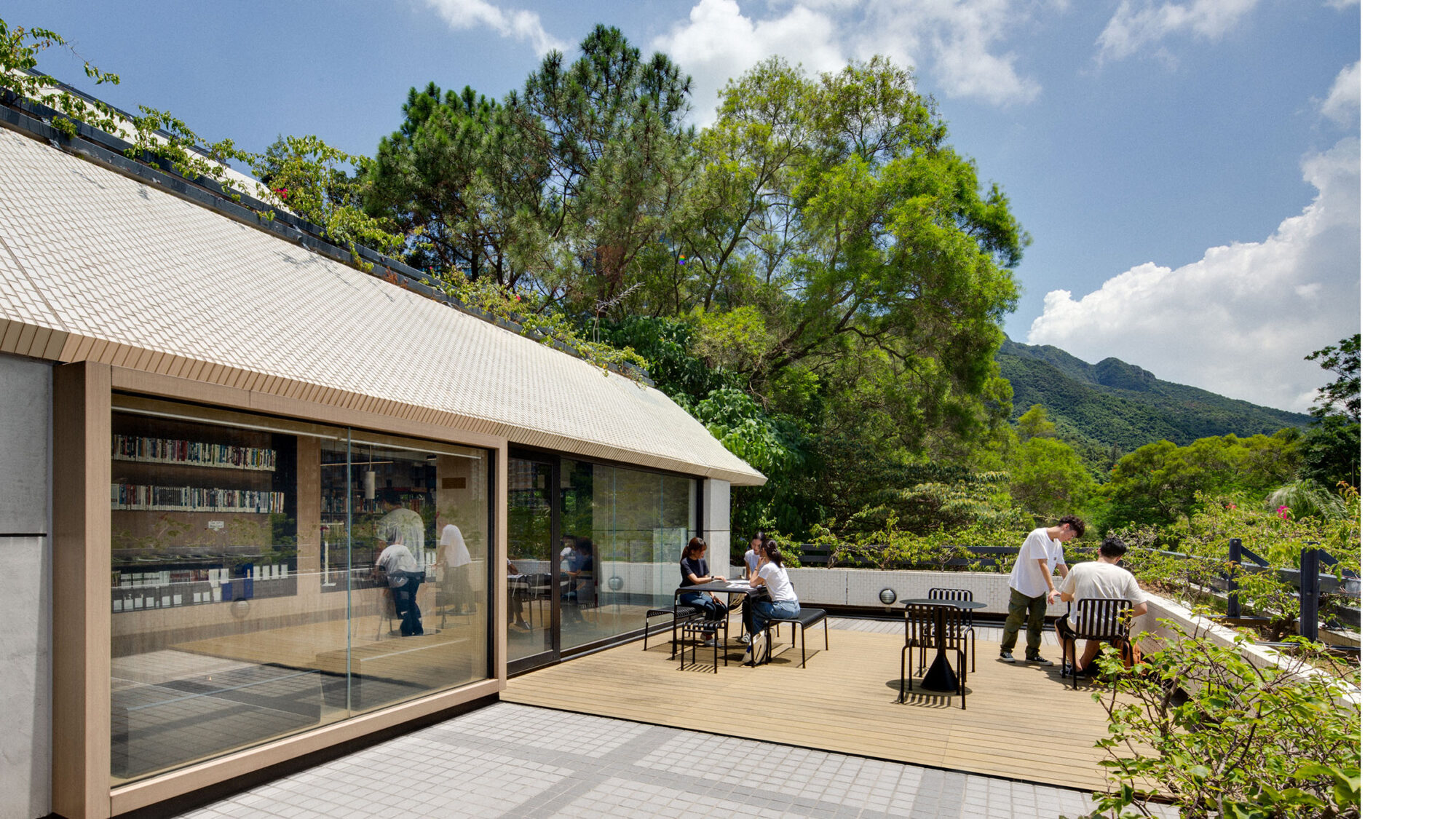

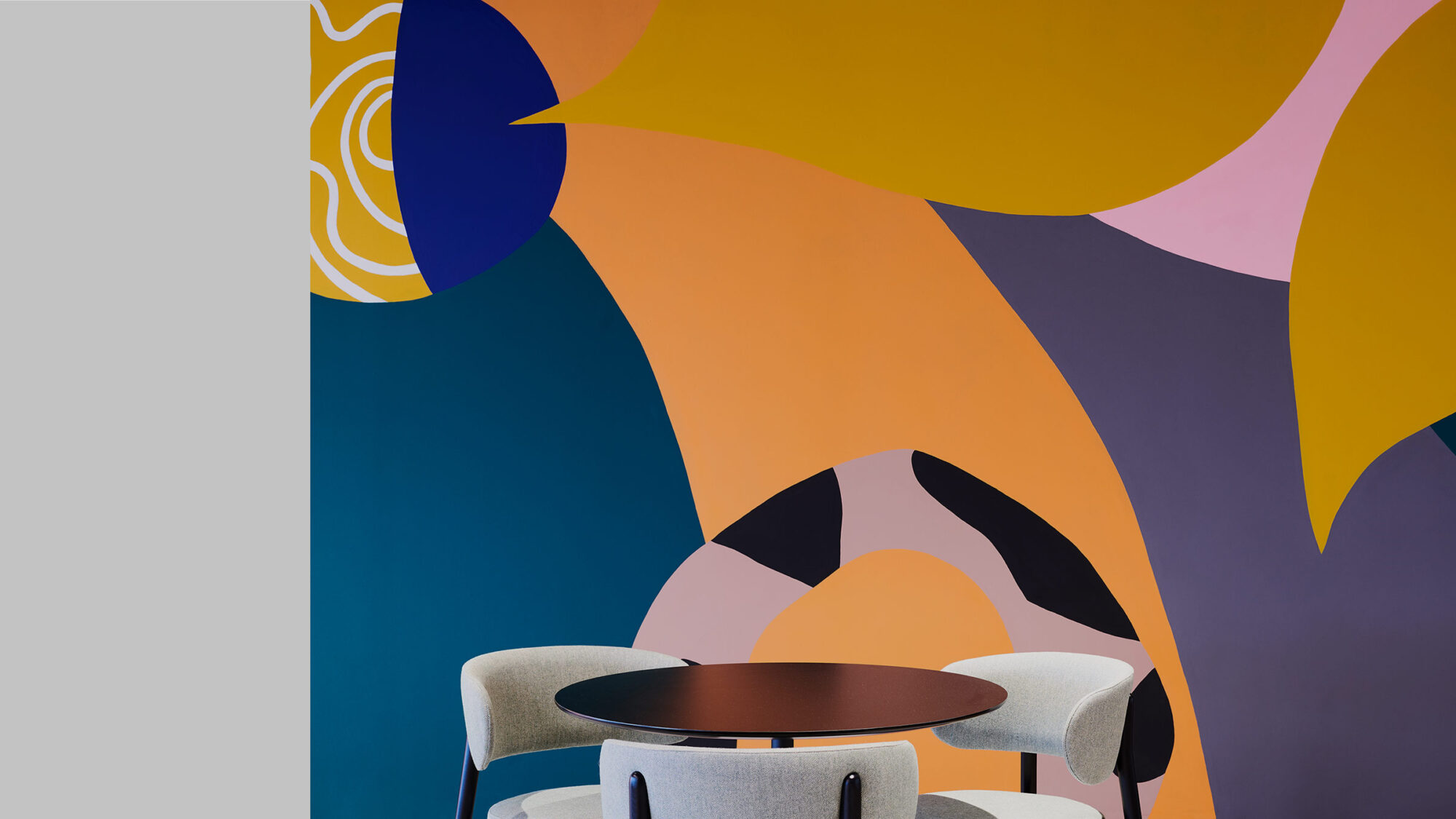
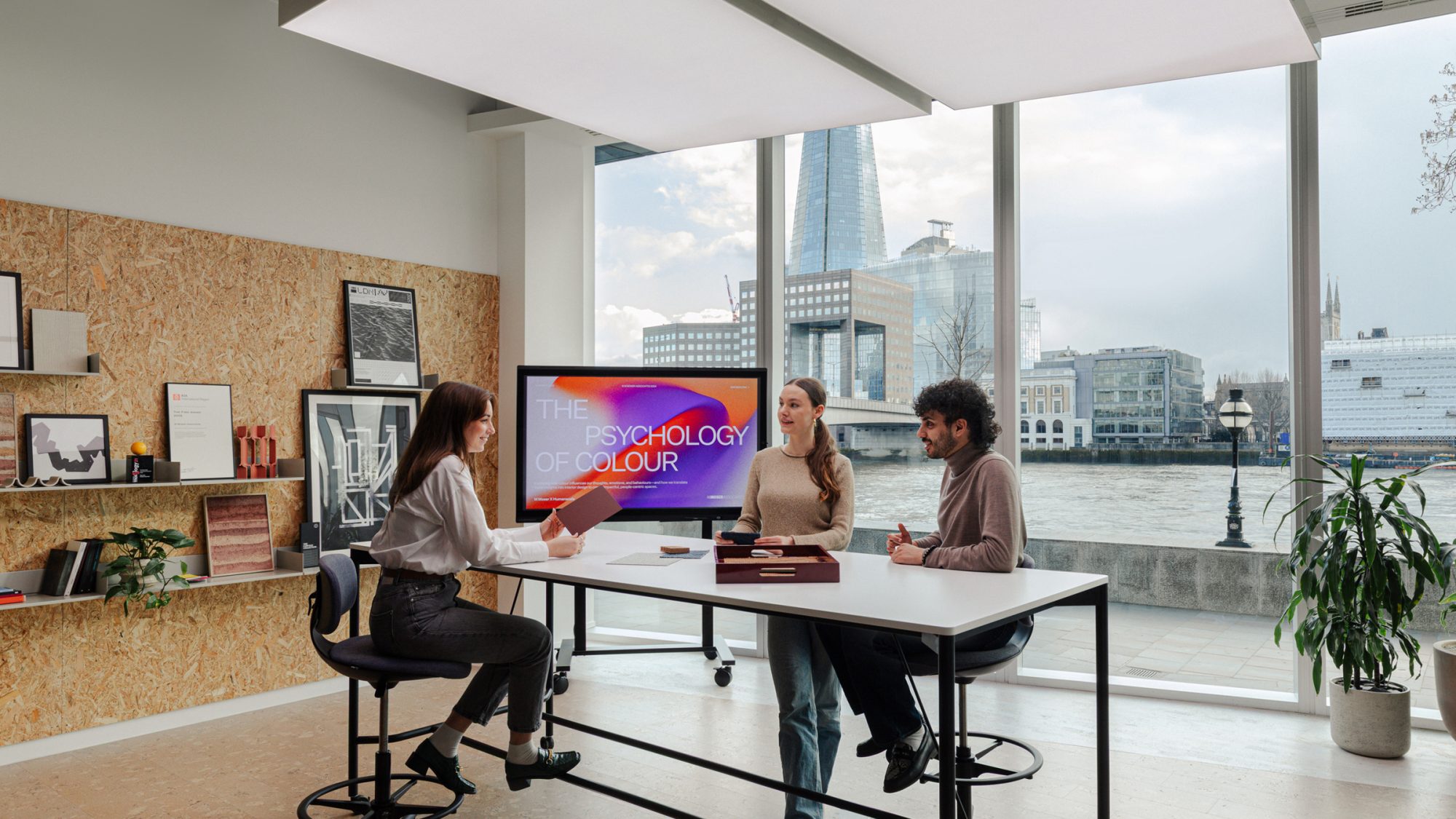
A new workplace is a major investment, and without a clear change management strategy, even the best design can miss the mark.
For the London studio move, we put our tools to the test, guiding the team through a transformation designed to engage people, build momentum and deliver measurable results.
We treat workplace transformation as a design and behavioural journey. That means managing the change, not just the move.
In this relocation, we used the same people-first approach we bring to our clients. A structured process built around three stages: prepare, manage and sustain. It supports faster adoption, stronger collaboration and measurable business gains from day one.
Here’s how we did it, and how we help clients do the same.
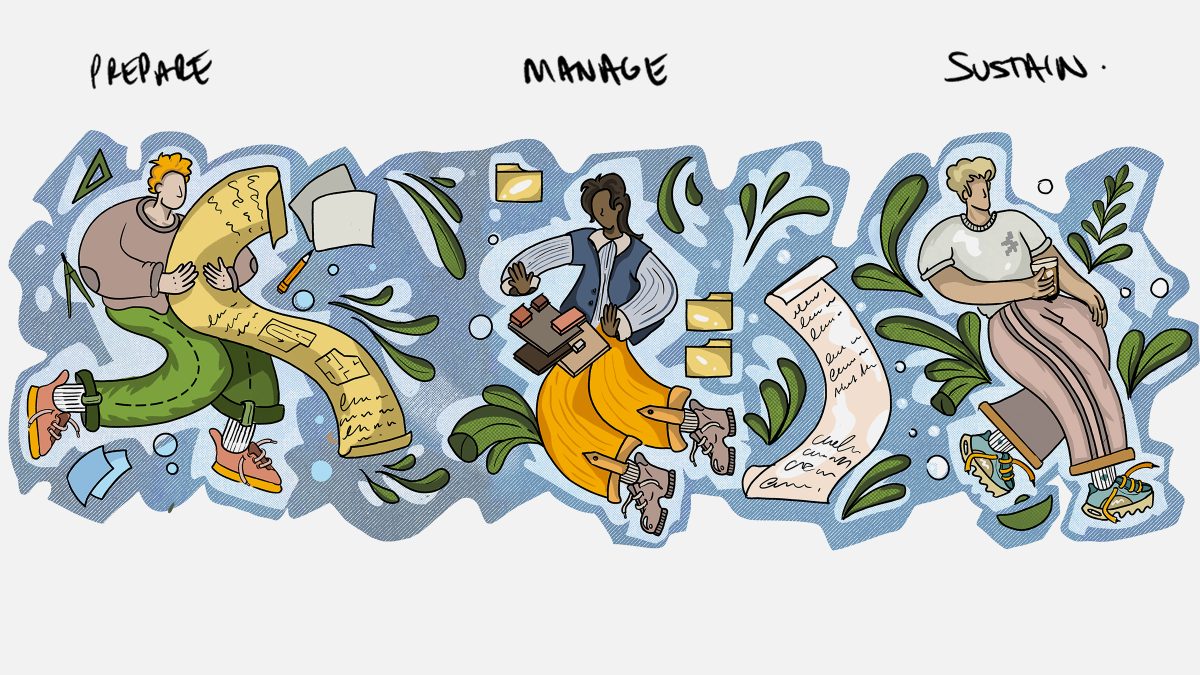
After eight years in our previous studio, we knew a move could be disruptive if we didn’t get ahead of it. Habits were deeply embedded. Expectations were high. We started early.
First, we formed a group of internal change champions, the Movers. A selected group of people across the London business, each bringing unique perspectives. They helped shape the brief, test assumptions and bring forward the needs of those closest to the day-to-day work.
Sharing the “why” behind the move, we made space for concerns and gave people a clear sense of what would change and what wouldn’t. For example, while the studio would look and feel new, the location wasn’t changing. It’s just a few doors down, with the same river views and commute, but with upgraded amenities. Clarity helps reduce resistance and keep momentum up.
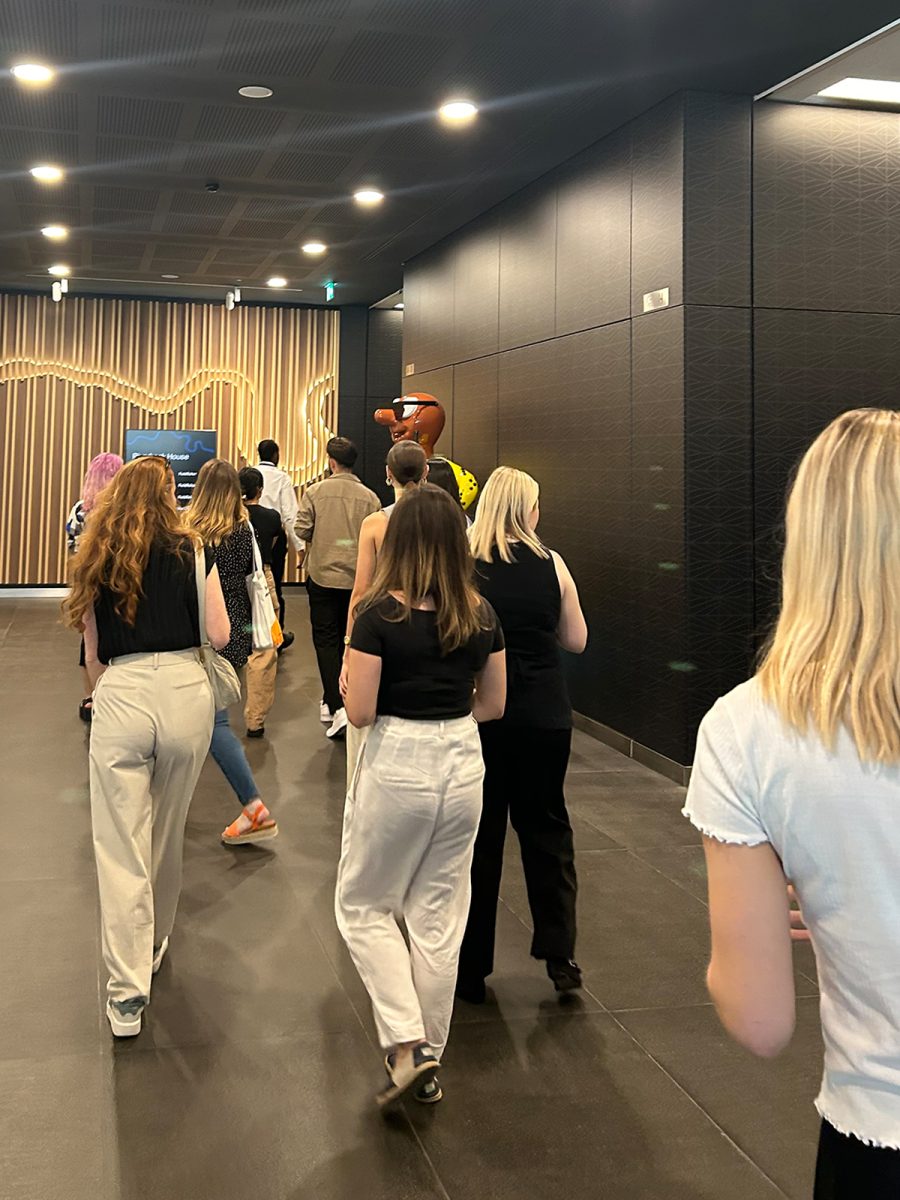 The Movers' building tour
The Movers' building tour 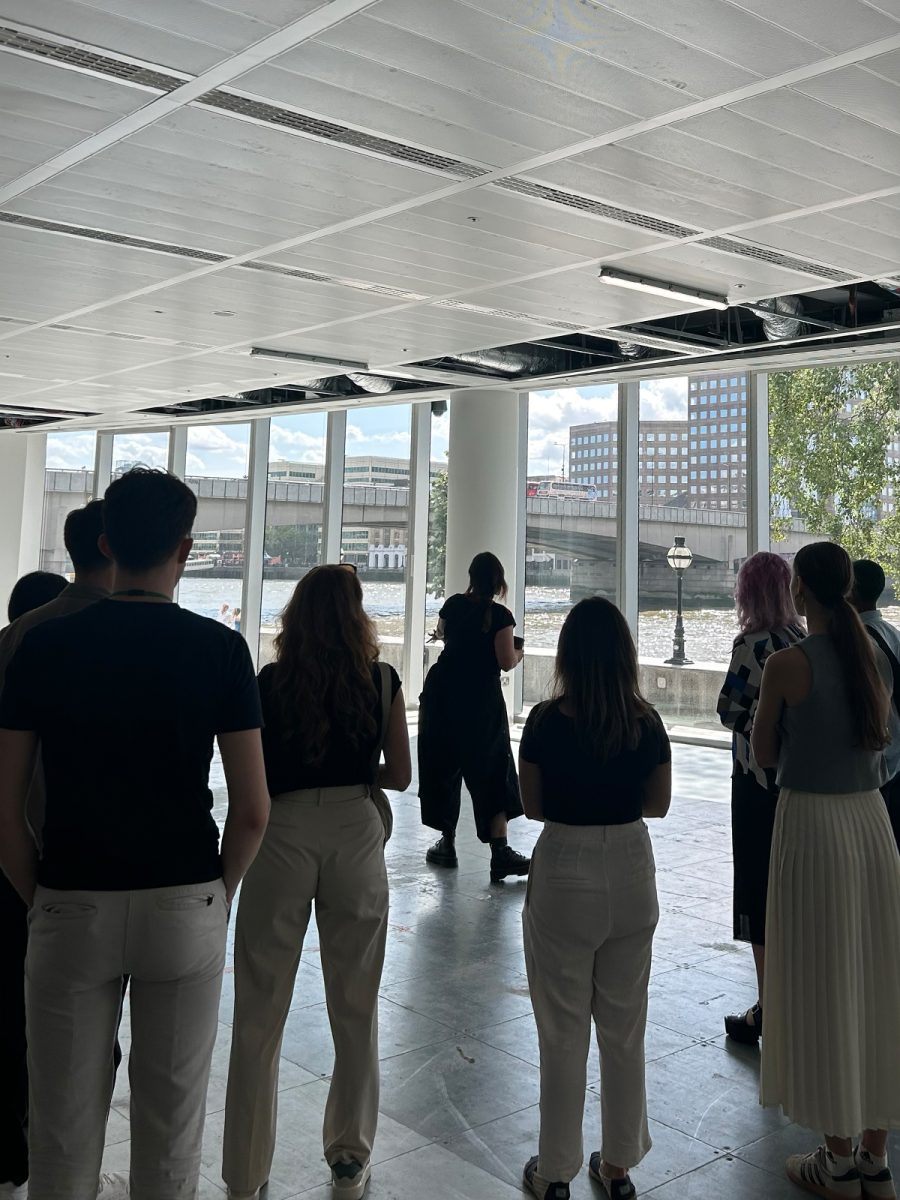 Familiar views to our previous studio
Familiar views to our previous studio By bringing people in early and addressing concerns, we build trust, ensuring a smooth transformation that maximises investment value.
Frances Gain, Associate Director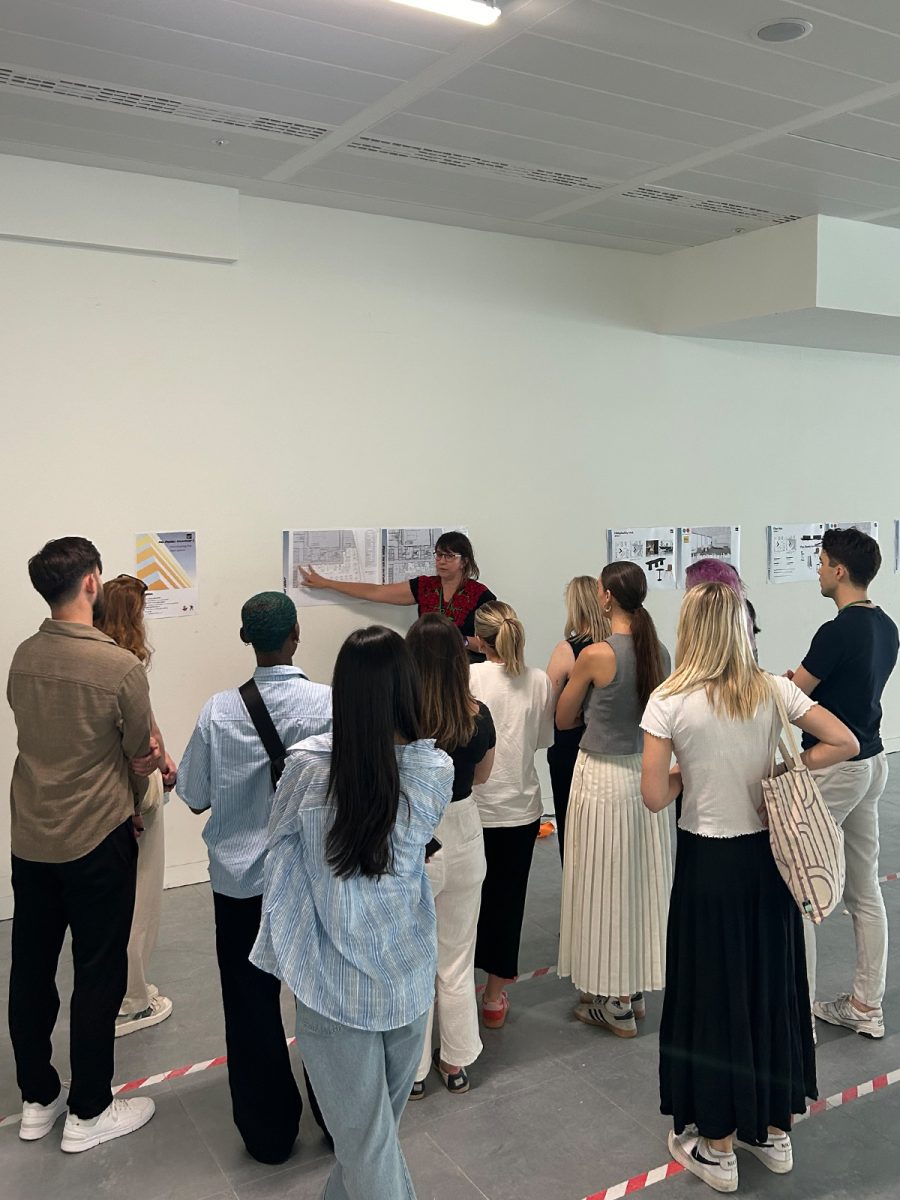 Reviewing the proposed layout
Reviewing the proposed layout 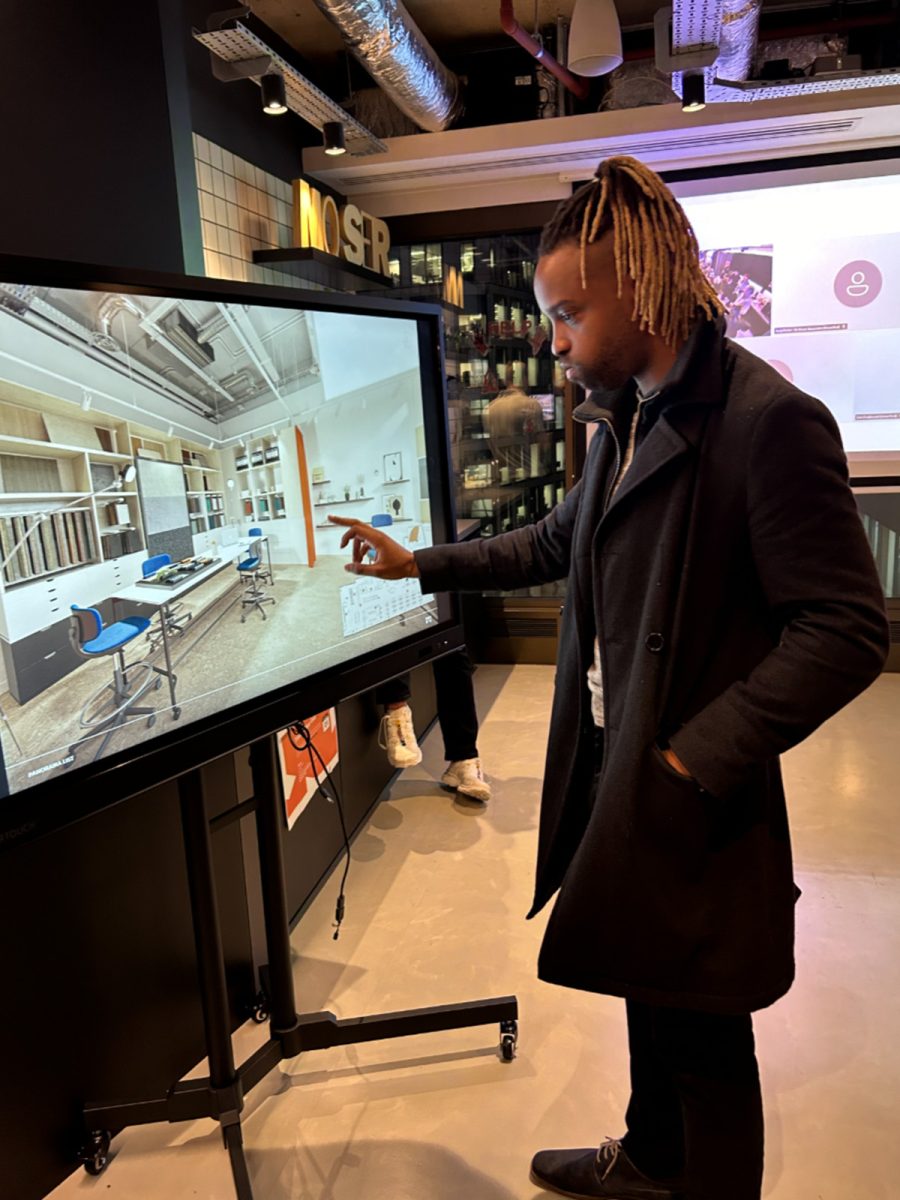 Design showcase to London team
Design showcase to London team As the project took shape, we brought people into the design process. Not just to inform them, but to involve them.
Some highlights:
The pay-off: 82% of our team report feeling more productive after the move. The space is designed around how they work best. We also saw a 20% increase in office attendance almost immediately.
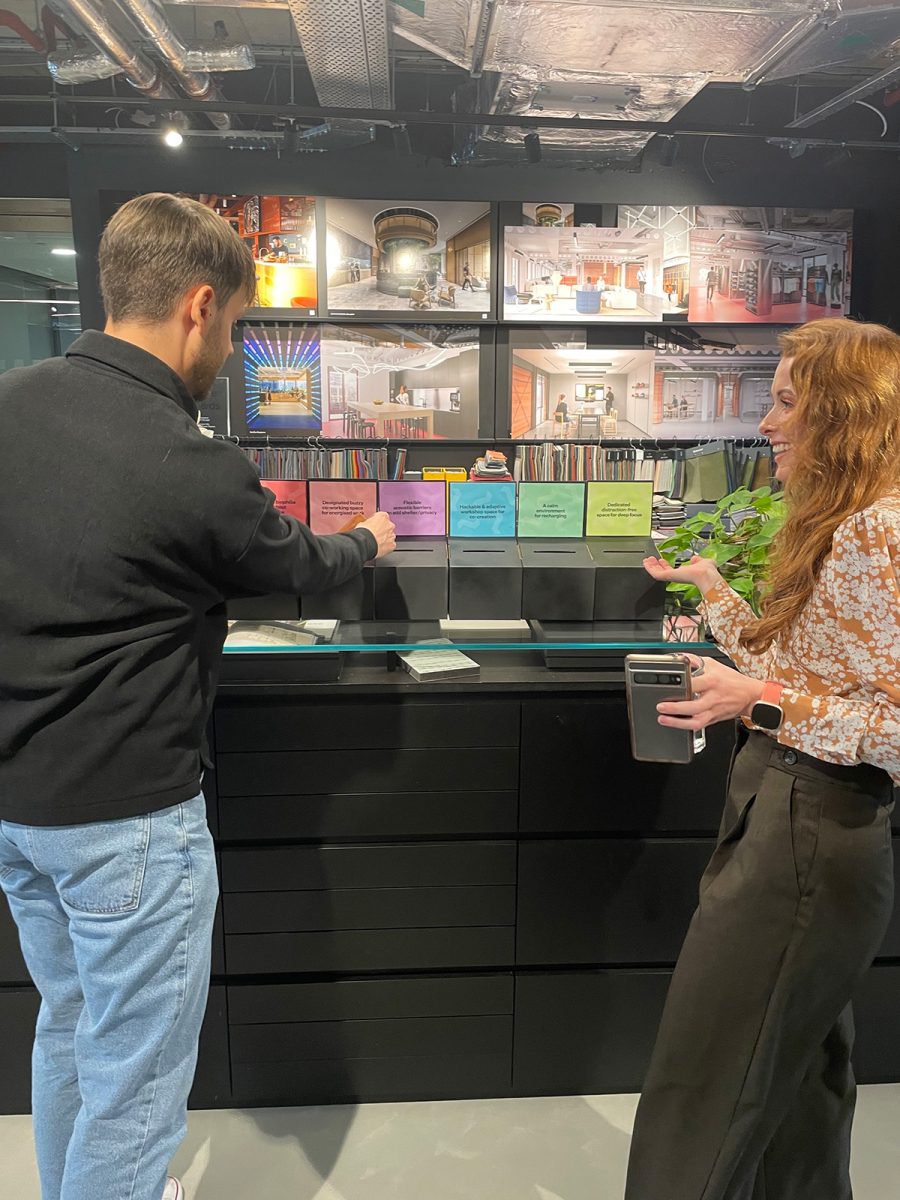 Voting with values
Voting with values 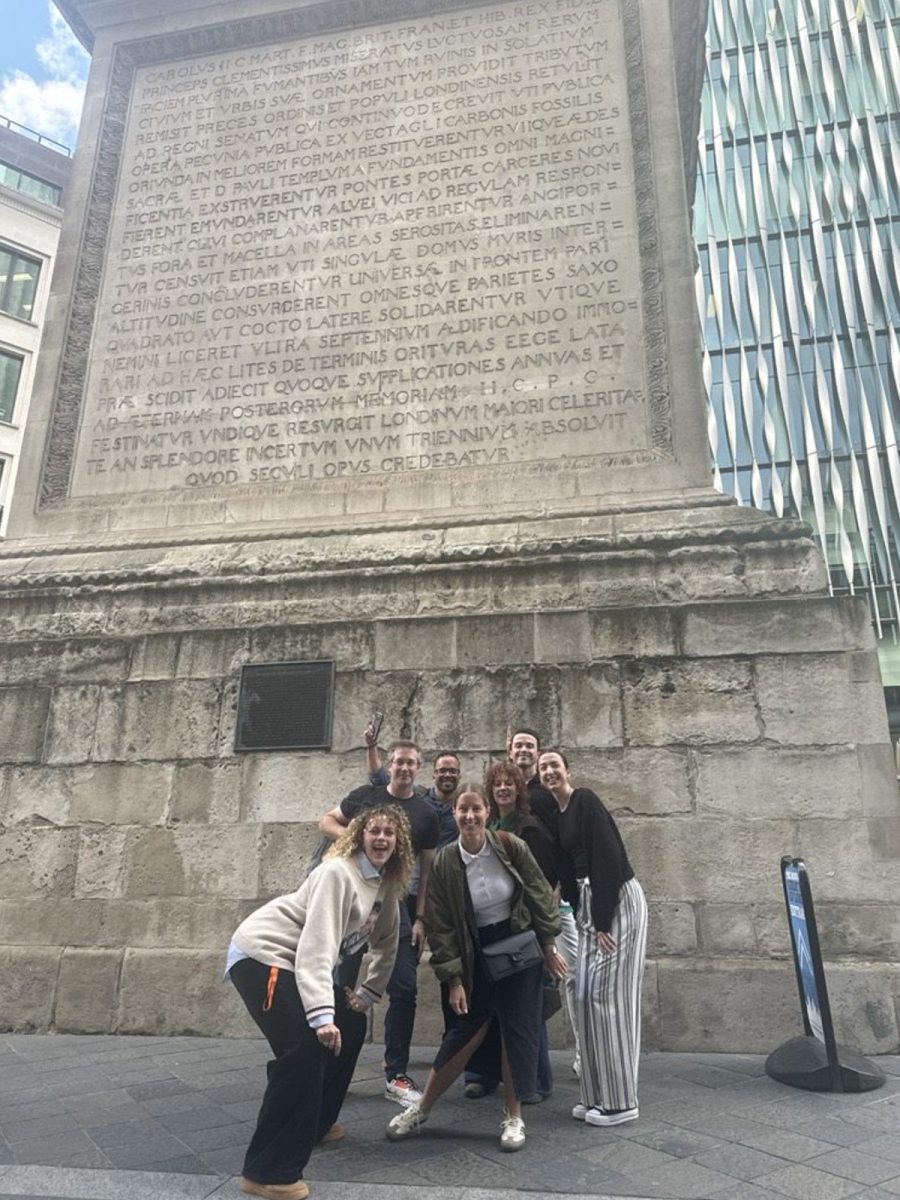 Scavenger hunt to reexplore our area
Scavenger hunt to reexplore our area One of the biggest shifts came from a design decision. The original plan called for a fully flexible hospitality hub. But the Movers pushed back, suggesting some fixed elements to give the area more definition as guests enter the space. That one change reframed the whole layout and reshaped how our leadership thought about spatial identity, reducing the risk of underutilised areas.
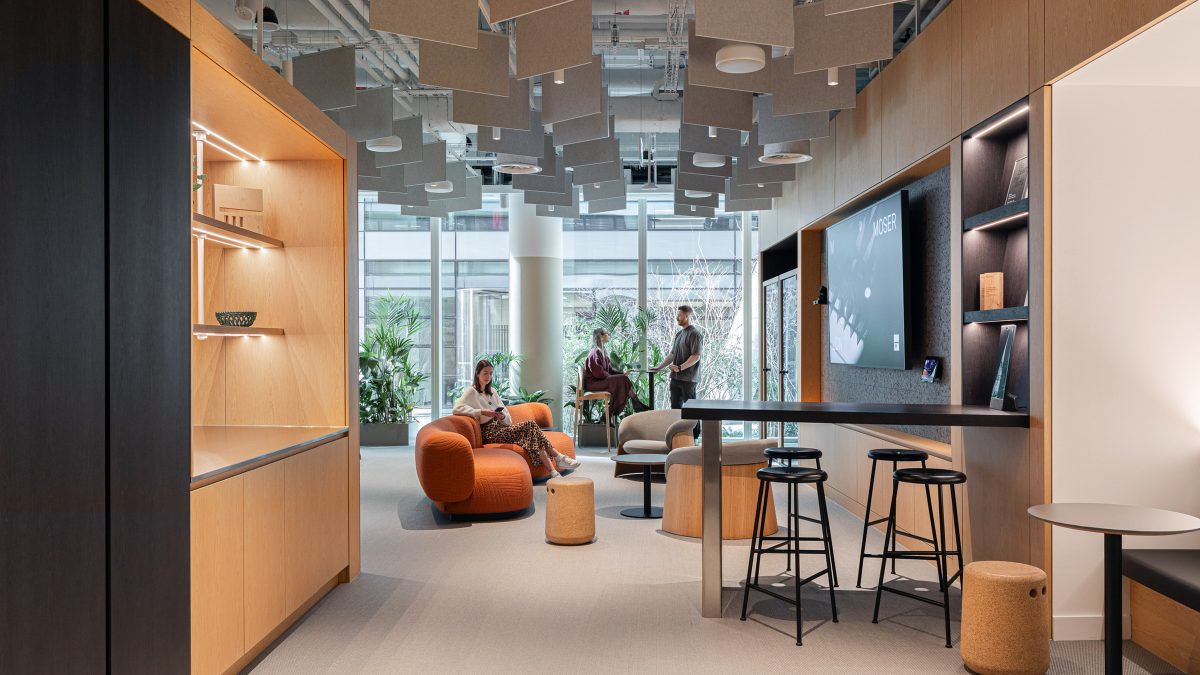
When people help shape their environment, they’re more likely to adopt new workplace behaviours, reducing resistance to change.
Zoe Yakubu-Sam, Senior Workplace StrategistA move is a moment, but the real work happens after. We keep listening, adjusting and learning through:
We also paid attention to the everyday details that subtly shape culture. People had a hand in selecting the office coffee, choosing an ethically sourced brand. The team decided on the placement of plants, enhancing the environment and supporting employee wellbeing. These small touches, alongside our larger strategies, help everyone participate in a culture of ownership and inclusion.
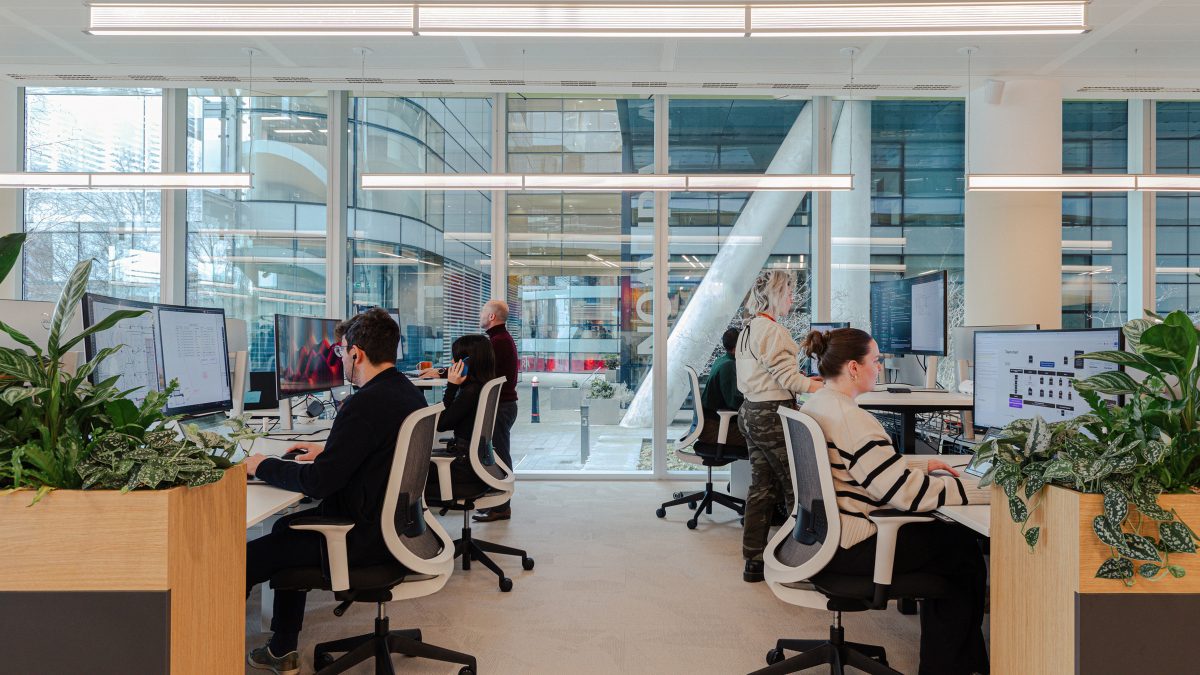
A key challenge is ensuring spaces are used as intended. For example, the library is a quiet zone, but on day one, people unknowingly disrupted the intended use by taking phone calls in there. Rather than relying on rules, the Movers took a proactive approach by modelling expected behaviours, engaging in direct discussions and creating a peer-driven etiquette shift.
This demonstrates the importance of continuous adaptation to align behaviour with design. Changing workplace behaviour relies on a cultural shift. People need time to adjust, making ongoing guidance and flexibility essential to ensure spaces truly support the way people work.
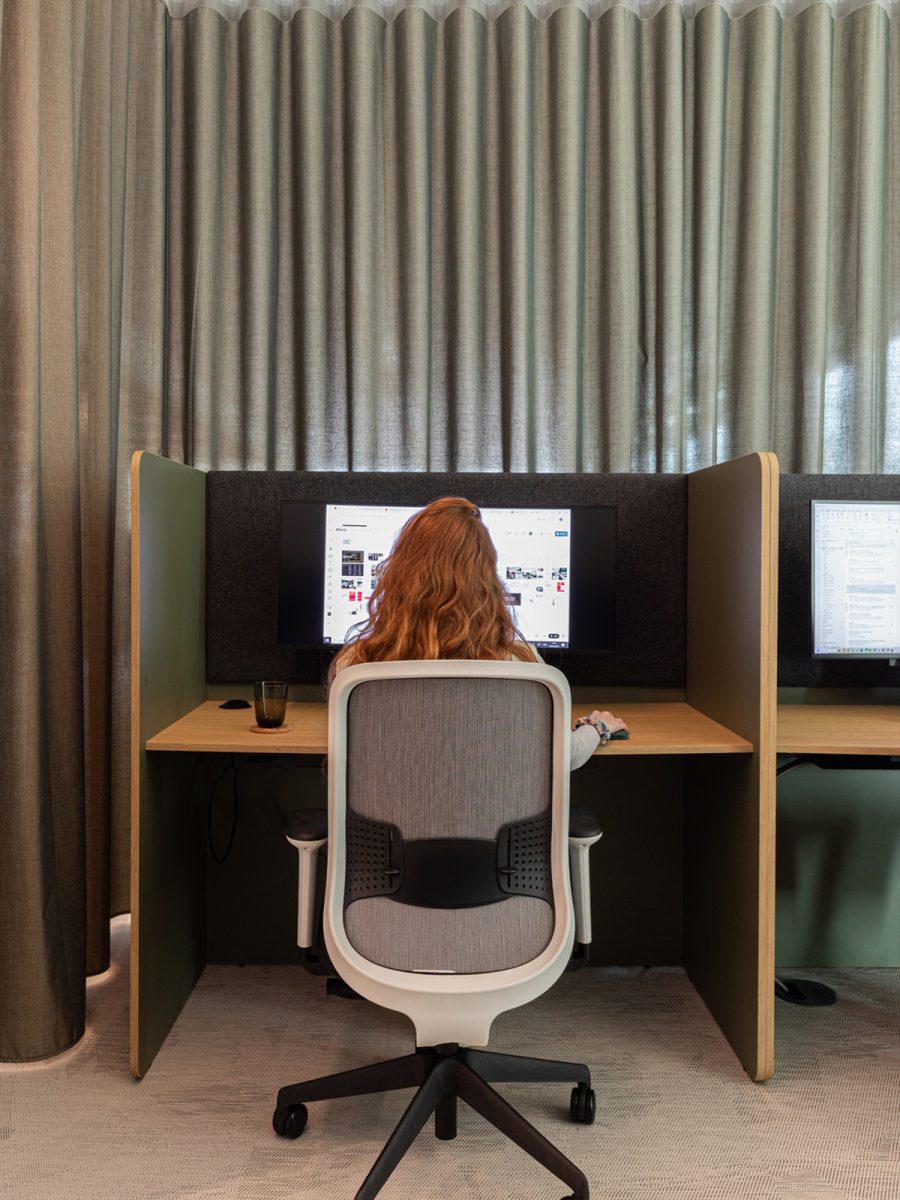
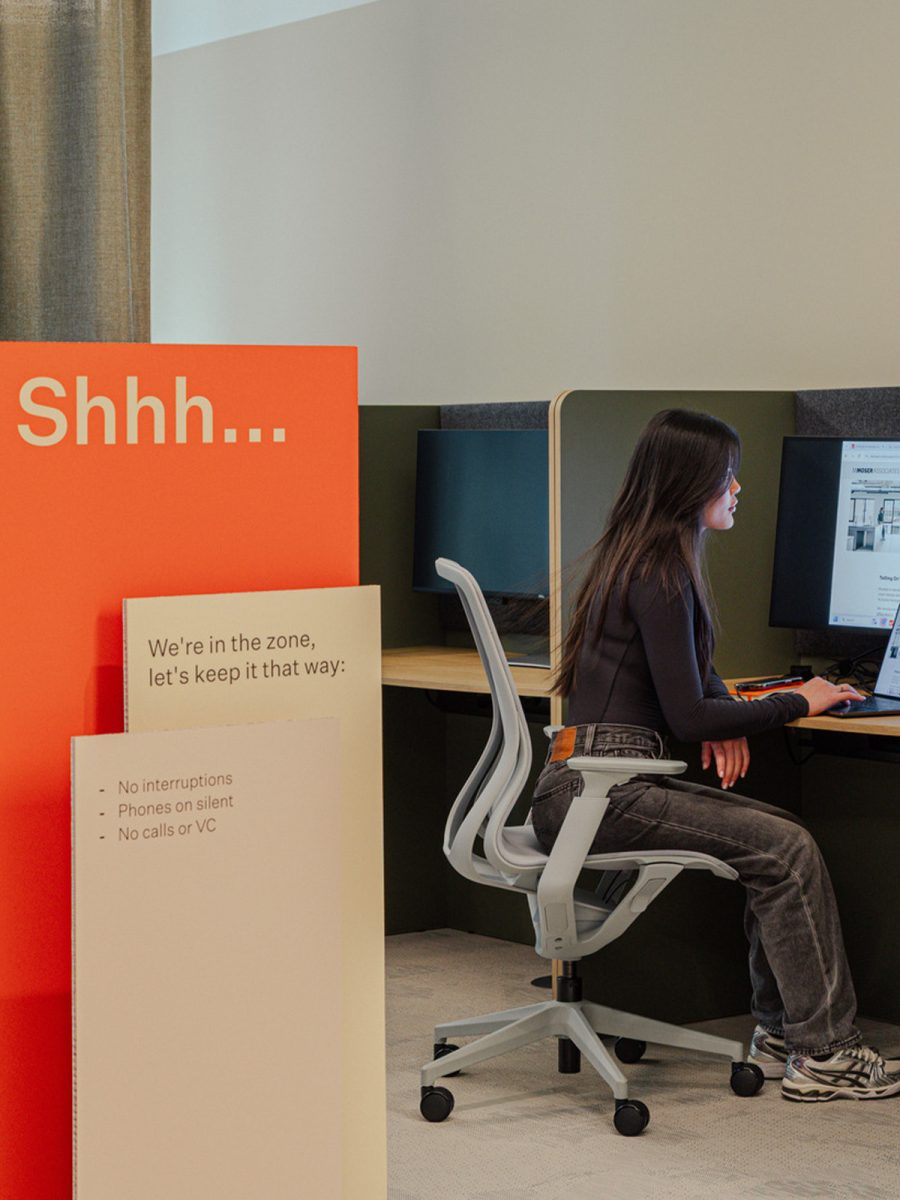
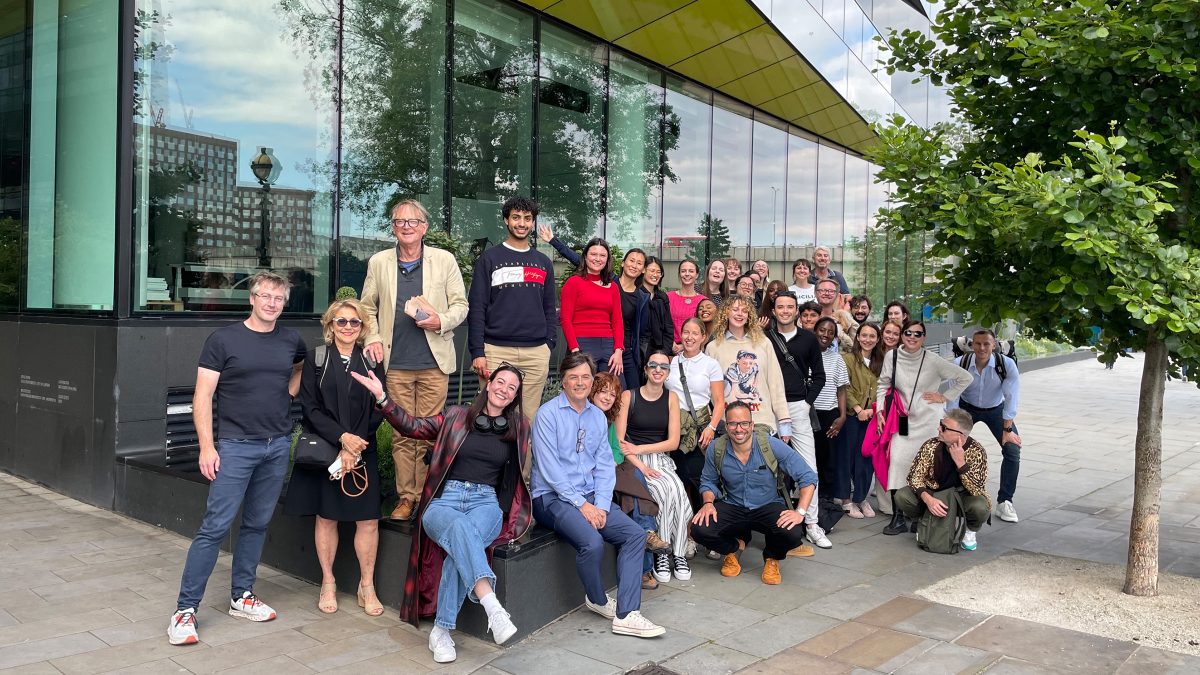
This move was a real-time test of our people-centric change approach.
If you’re considering a workplace transformation, be it a relocation, a shift in working style or a full redesign, we can help bring a tested, low-disruption approach that delivers results.
Because change works better when it’s designed.
Associate Director, Workplace Strategy and Transformation